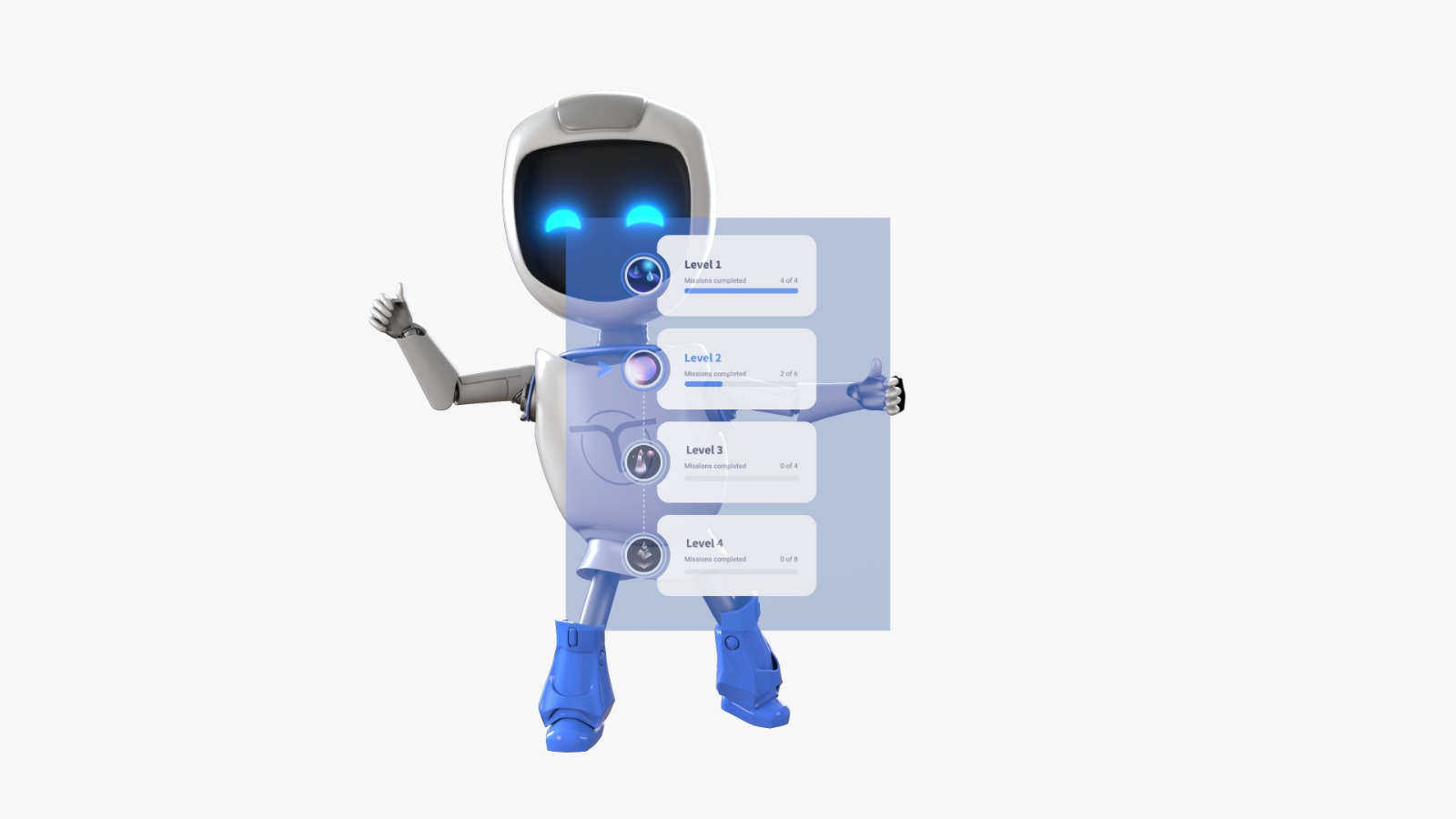Microlearning. If you aren’t familiar with the term, it can sound like a gimmicky trend in the L&D industry – a buzzword of sorts. Of course, this connotation is only perpetuated by some of the far-reaching misconceptions about the concept.
In its briefest of definitions, microlearning is an educational strategy that breaks down complex topics into bite-sized bits of information. It was developed to fit the short attention span and evolving expectations of the modern learner, and the strategy has come to play an integral role in corporate training.
The truth is that many companies abide by microlearning rules and definitions that simply aren’t accurate. Don’t let the following popular myths prevent you from using a great microlearning platform to help your team.
Myth #1: Microlearning has a Time Limit
Many people see the “micro-“ in microlearning and assume that microlearning modules must be limited to a specific time limit. They might think that if a module is over 3 minutes long, it is too long to achieve the desired result.
Most microlearning missions can be considered “short and sweet,” but it doesn’t mean they all are. There’s no rigid limit when it comes to length, as long as the content is engaging and relevant. You can make the mission lengths work for your specific needs.
The truth is that microlearning should be brief, but the key to an effective mircrolearning module is focus. You want a mircolearning module to include all the needed information, with no fluff. If 3 minutes is long enough to cover the topic at hand, then your module should be that long. A fun, engaging module could last longer. However, it should not be any longer than necessary.
Ultimately, microlearning platforms aim to strategically educate users with insightful, easy-to-digest content. This can mean keeping things brief (under five minutes), or it can mean tackling one high-level concept as effectively as possible – however long that may take.
Myth #2: Microlearning Should Be Video-Based
When many people think of quick educational content, they think of video learning. However, video isn’t the only effective medium for technology-based learning.
There are numerous other ways to create bite-sized training content. SurveyMonkey found that 65% of employees cite watching videos most often when they can choose how to learn, but that leaves nearly a third of employees who prefer other forms of media.
Don’t be afraid to incorporate brief news articles, social media posts, charts, graphs, and even games to increase your trainee engagement. If you limit yourself to the belief that microlearning only works across video content, you limit your reach across your audience.
The most important part of a microlearning module is the content. The goal is to develop material that serves your core purpose. Video is a strong tool, but don’t forget all the other options you have available. If the journey you build is well-structured and requires learners to apply what they’ve learned, it will be effective.
Myth #3: You Need to be a Tech Whiz to Create a Strong Microlearning Program
Getting started with microlearning might seem daunting, but the process is actually quite simple. Unlike SAP implementation, which can be intricate and time-consuming, a microlearning environment can be up and running within just a few days.
The truth is you don’t need to know skills like video production or coding to make the most of microlearning. The best microlearning platforms will make it easy for you to take your existing collateral and turn it into an engaging set of lessons.
When you’re evaluating microlearning platforms, be sure to schedule a demo and don’t be afraid to ask lots of questions. The right platform for your team will be one that is accessible for both learners and those who are building out lessons.
Myth #4: Microlearning is a Fad That Will Come and Go
The first documented use of the term “microlearning” was in a book called The Economics of Human Resources, which was published in 1963. While this does make microlearning a relatively new term, it is far from a passing fad.
Microlearning has staying power because it is strongly based in science. As we have learned more and more about how the human brain functions, we have also learned more and more about the best ways to learn. Microlearning has come to the forefront because of what we now know about how people best process and retain information.
We know that learning in shorter chunks is more compatible with the human attention span — this is why microlearning works. Studies show that microlearning results in participants learning faster and retaining more of what they’ve learned.
Microlearning is an important innovation that is changing the way we learn, and missing out on it means ignoring what we know to be true about the human brain and cognitive function.
Myth #5: All Microlearning Platforms are the Same
There are many options available when it comes to microlearning platforms, but they’re not all equal. Part of creating a successful mircolearning experience for your organization is picking the right platform.
Overall, you should look for a platform that is:
- Agile
- Participant focused
- Collaborative
- Easily customizable
- Instructor assisted
- Able to offer real-time reporting
The best microlearning platforms will also make use of AI to provide guidance, insights and recommendations for both learners and facilitators. It will be behavior-driven, and easily tie knowledge to action. You should also look for a platform with comprehensive training and excellent customer support. For example, at Code of Talent, we have just launched a new AI feature that lets trainers transform their own content into engaging learning journeys in no time. It takes your training in any format (pdf, ppt, Word etc.) and it breaks it down into various microlearning missions, for you just to check and update.
To Wrap It All Up
Despite microlearning’s popularity, there are still numerous myths circulating about how to use it – and we’re working to dispel those. Microlearning should be a flexible, custom solution that companies and trainers can optimize for their specific needs.
Looking for the right tools to build a microlearning journey? Code of Talent equips corporate trainers and professionals with an award-winning microlearning platform.
To schedule a free demo, contact us online. We’re more than happy to give you a quick tour of our technology resources and discuss your training needs.





